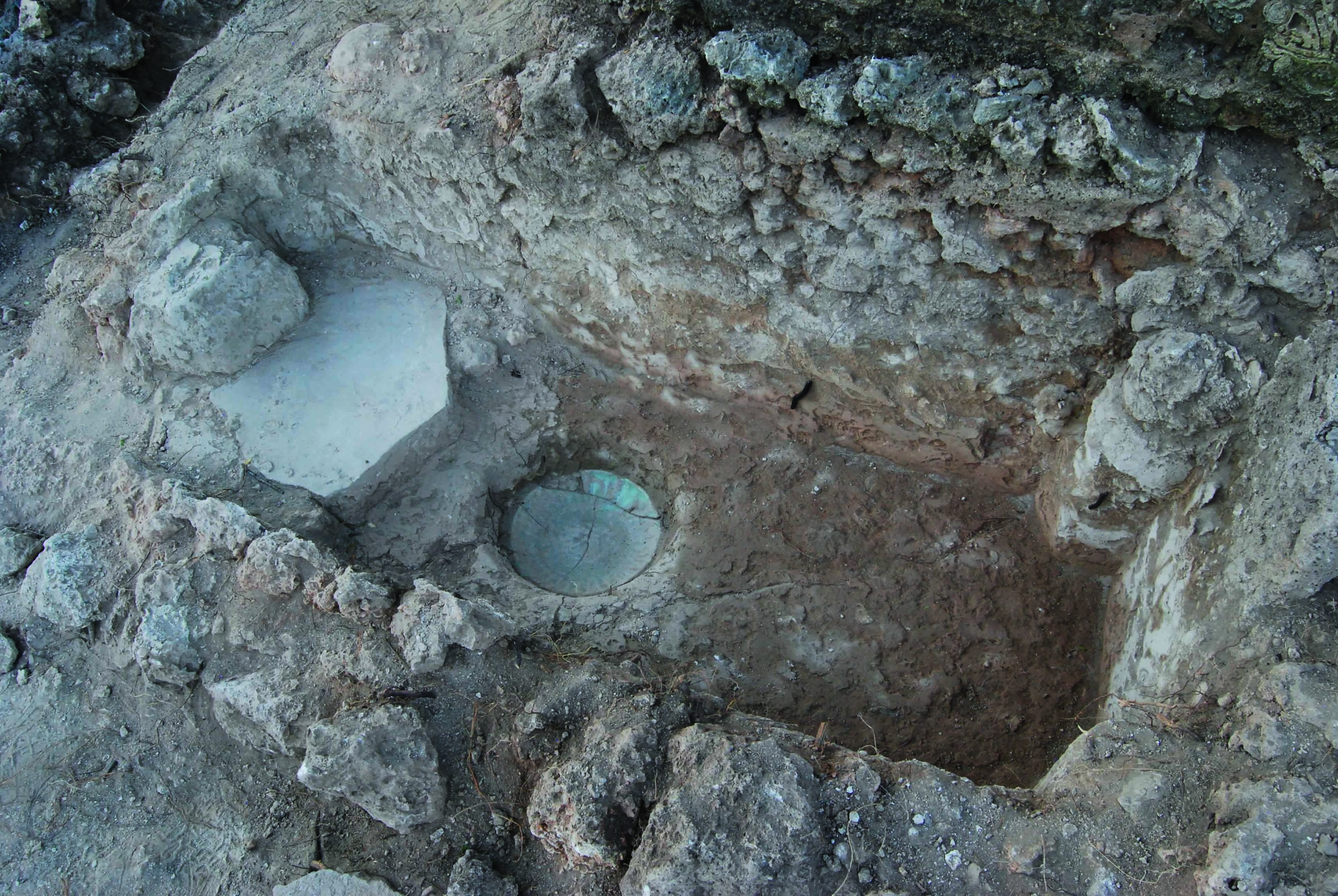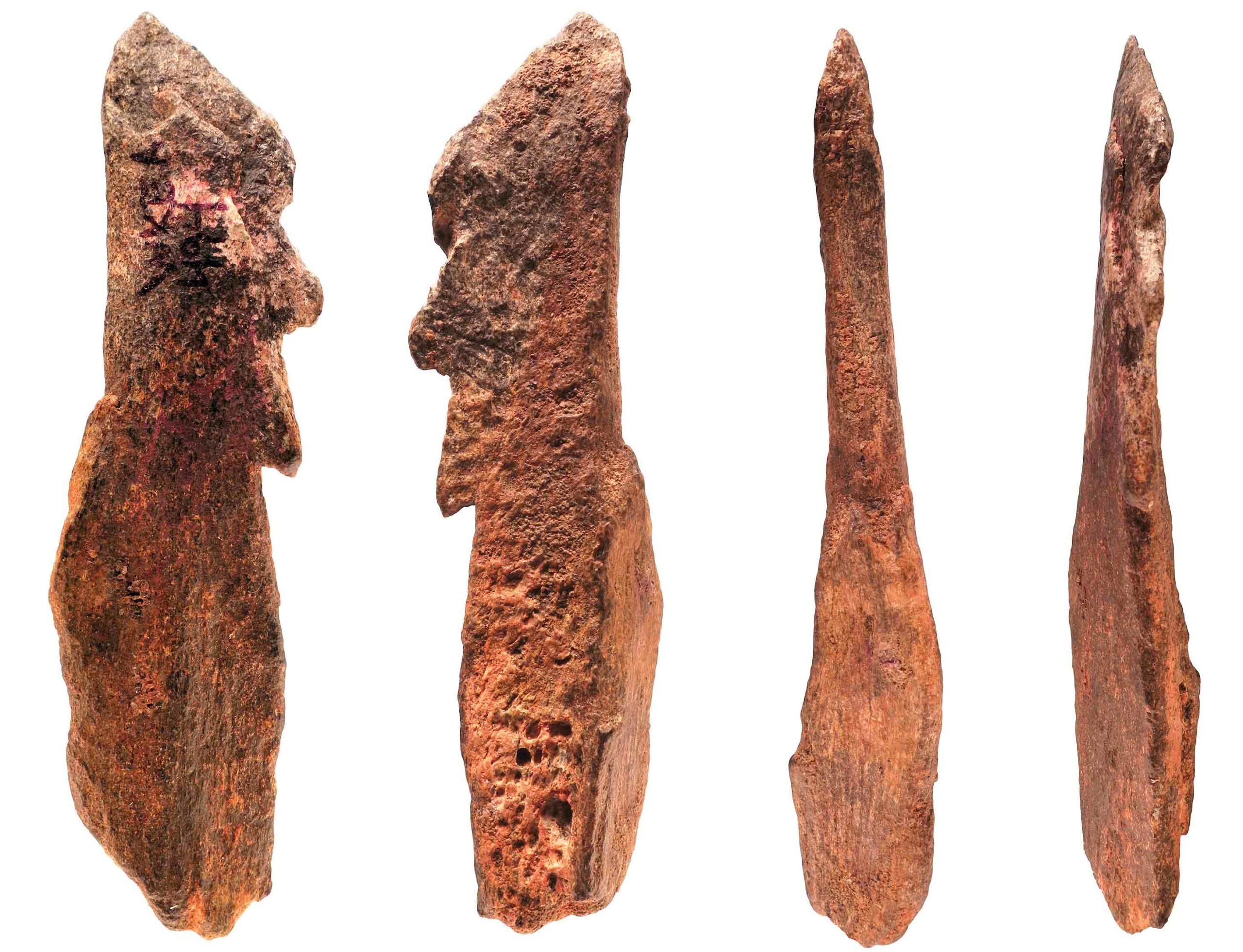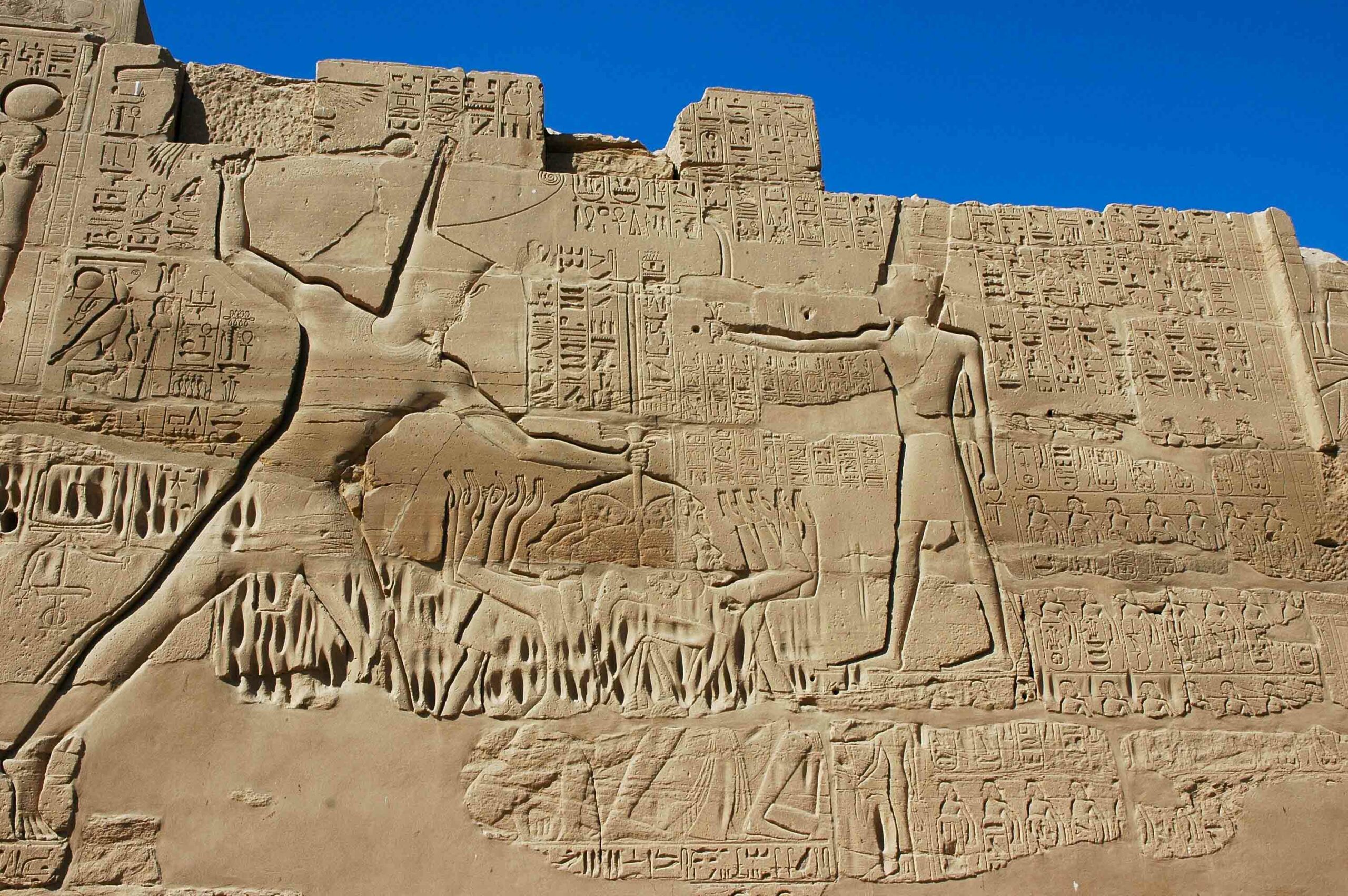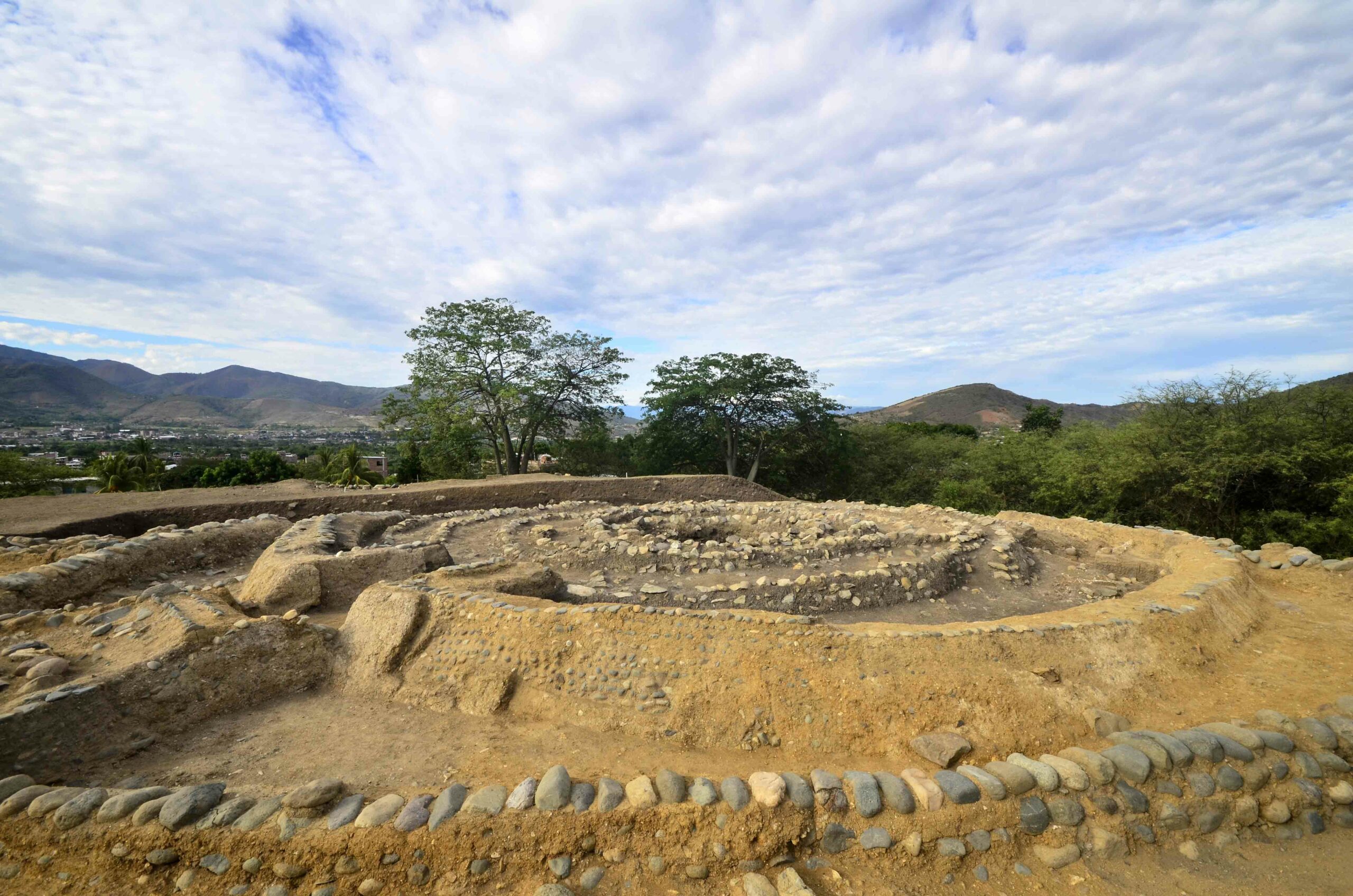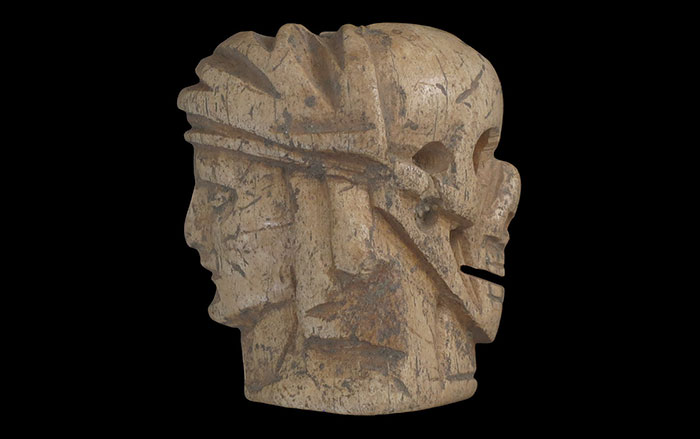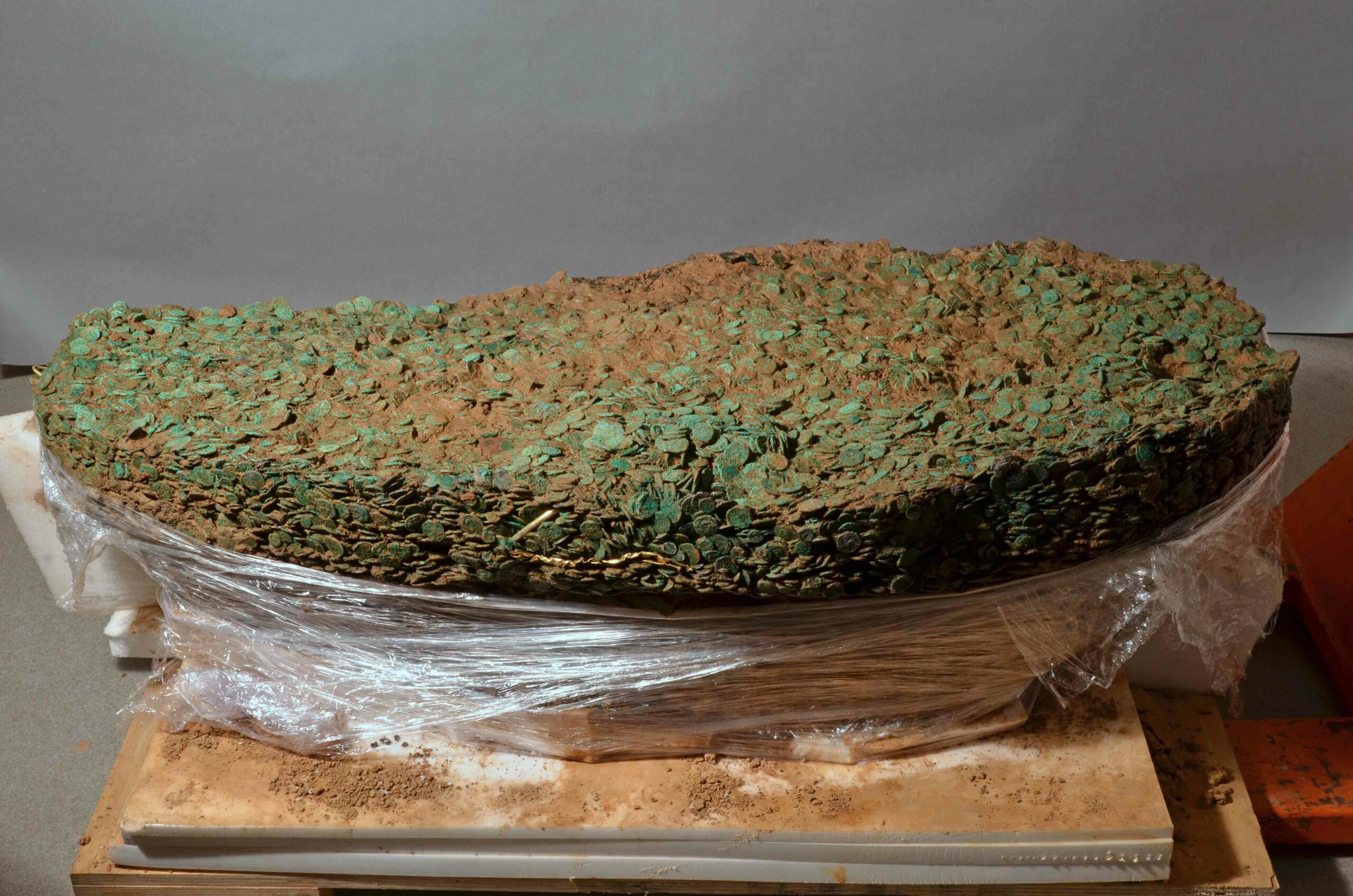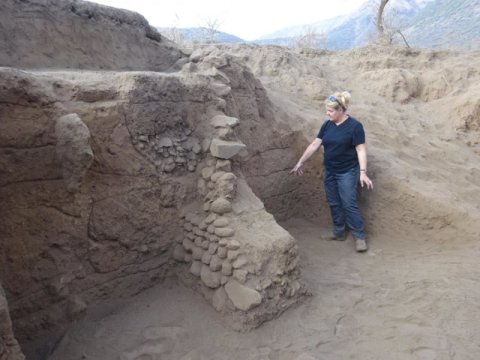
YORK, ENGLAND—According to a report in the International Business Times, Carol Lang of the University of York and her colleagues say the walls at Tanzania’s abandoned city of Engaruka served as part of an irrigation system. Founded some 700 years ago, Engaruka was home to an estimated 40,000 people. It had been thought that the city’s ten-foot-tall walls had been intended to control soil erosion, but Lang’s research suggests that as canals channeled water from river flooding into farmers’ fields, the walls trapped alluvial sediments, which enriched the soil over a period of hundreds of years. “We see the walls weren’t built in one stage,” Lang said. “When we excavate the site, these walls are revealed in their totality. But the people who engineered the irrigation system never actually saw these walls totally at all.” A reduction in the water supply, and climate change, are thought to have led to the abandonment of the city some 200 years ago. For more, go to “Stone Towns of the Swahili Coast.”



